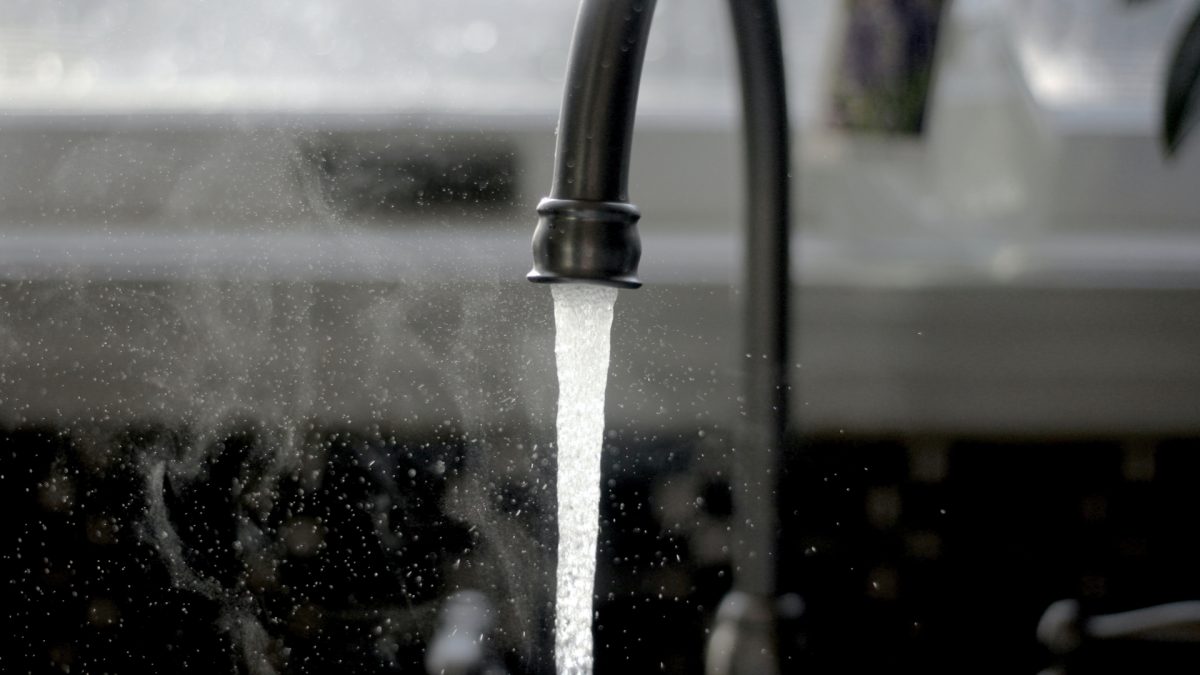Back in the 1960s, a Pulitzer prize-winning scientist described the problem of childhood lead poisoning as “so well defined, so neatly packaged with both causes and cures known, that if we don’t eliminate this social crime, our society deserves all the disasters that have been forecast for it.”
As I discuss in my video Lead in Drinking Water, “We have the knowledge required to redress this social crime. We know where the lead is, how people are exposed, and how it damages health. What we lack is the political will to do what should be done.” Unfortunately, “many policy makers consider the costs of action primarily in economic and financial terms and ignore the costs of inaction on human health and communities’ livelihoods.”
“At this point, most Americans have heard of the avoidable and abject failure of government on the local, state and federal level; environmental authorities; and water company officials”—in fact, failure across the board—“to prevent the mass poisoning of hundreds of children and adults in Flint, Michigan.”
“A government plan to save some money had led public officials to switch the city’s water source from Lake Huron to the Flint River, once the sewer for the auto industry.” Flint citizens “complained that their tap water was foul and discolored. But city, state, and federal officials took no heed.”
Why? Could it have anything to do with the fact that those who complained are “among the poorest in America, mostly African American”?
Officials failed to act for eighteen months, “until a local pediatrician revealed dramatically elevated lead levels in children’s blood.” An investigation didn’t just find fault but highlighted seeming falsification of water-quality results to keep people in the dark.
Though “the specific breed of alleged government corruption” may be unique to Flint, “the end result might not be so rare in the USA—home to an ageing water system.” As the president of the Children’s Health Fund said, “The Pandora’s box is now wide open.” Flint may be only “the tip of an enormous iceberg”—potentially “just one of a great many icebergs.”
“In addition to lead-based paint and residual lead in soil”—found everywhere from leaded gasoline—“a significant source of childhood lead exposure occurs through drinking water as a result of leaching from lead pipes, lead solder, or brass fixtures.” This has been recognized to be a health issue in the United States as early as 1845, a year our flag only had 26 stars. Yet, the use of lead in water pipes and solder was not restricted until the Safe Drinking Water Act Amendment, 141 years later. Was the city you’re living in built before 1986 when the amendment was passed? Today, the “exact number of lead water pipes currently in use is not clear” as about one in three cities surveyed shrugged their shoulders, “not being able to state how much lead piping exists.”
There are anti-corrosion chemicals you can add to tap water to try to keep the lead in the pipes. Flint could have done that, but it could have cost about $100 a day. Today, “the cost of repairing the Flint water system is estimated at $1.5 billion…”
Let me close with a quote from the heroic pediatrician who blew the whistle, Dr. Hanna-Attisha. She was asked, “What advice would you have for other physicians taking on a whistle-blower role?” She replied, “This is our job. This is why we went to medical school—to help people.”
Wasn’t there lead in paint, too, for the longest time? Yes, and that’s the subject of my video How the Lead Paint Industry Got Away with It. And what about leaded gasoline? How many of you remember going to the pumps and seeing the choice between leaded and unleaded? That’s the subject of How the Leaded Gas Industry Got Away with It.
I also get into what the effects are and what we can do about it. Check out:
- “Normal” Blood Lead Levels Can Be Toxic
- The Effects of Low-Level Lead Exposure in Adults
- How to Lower Lead Levels with Diet: Thiamine, Fiber, Iron, Fat, Fasting?
- How to Lower Lead Levels with Diet: Breakfast, Whole Grains, Milk, Tofu?
- Best Foods for Lead Poisoning: Chlorella, Cilantro, Tomatoes, Moringa?
- Best Food for Lead Poisoning: Garlic
- Can Vitamin C Help with Lead Poisoning?
- Yellow Bell Peppers for Male Infertility and Lead Poisoning?
- Lead Contamination in Bone Broth
- Lead Contamination of Tea
- Is Lipstick Safe Given the Lead Contamination?
- Can Saunas Detoxify Lead from the Body?
- How Much Lead Is in Organic Chicken Soup (Bone Broth)?
- Lead Contamination in Hot Sauces
- Lead in Calcium Supplements
- How to Lower Heavy Metal Levels with Diet
In health,
Michael Greger, M.D.
PS: If you haven’t yet, you can subscribe to my free videos here and watch my live presentations:
- 2019: Evidence-Based Weight Loss
- 2016: How Not To Die: The Role of Diet in Preventing, Arresting, and Reversing Our Top 15 Killers
- 2015: Food as Medicine: Preventing and Treating the Most Dreaded Diseases with Diet
- 2014: From Table to Able: Combating Disabling Diseases with Food
- 2013: More Than an Apple a Day
- 2012: Uprooting the Leading Causes of Death
